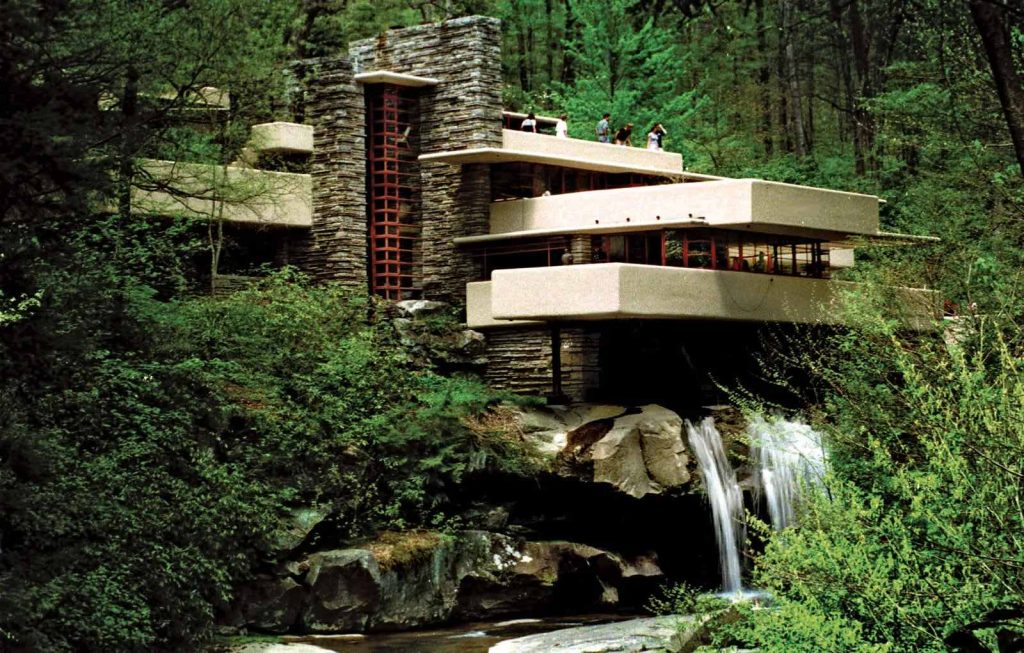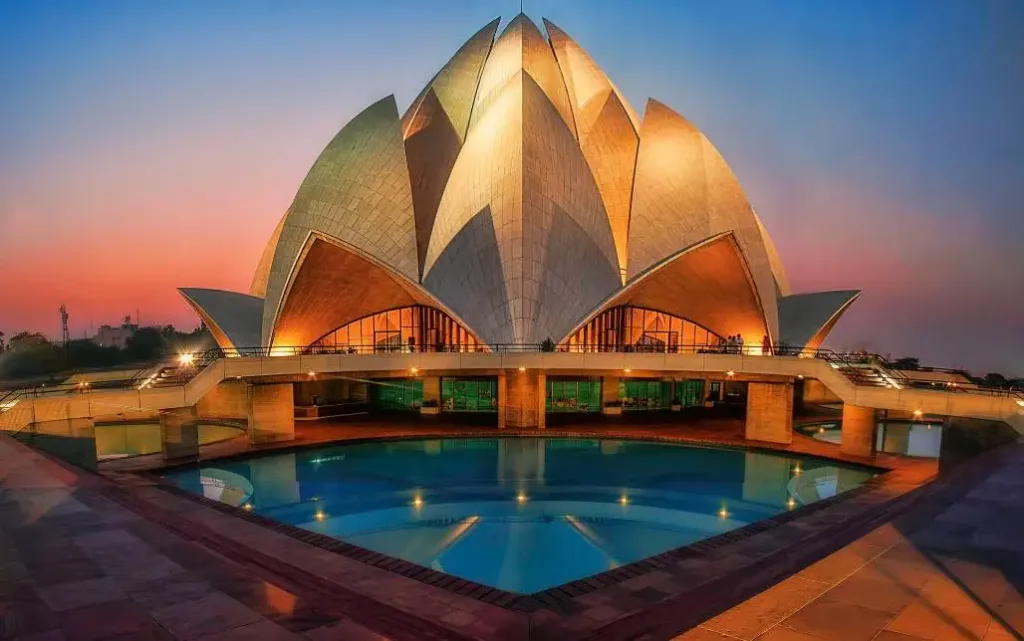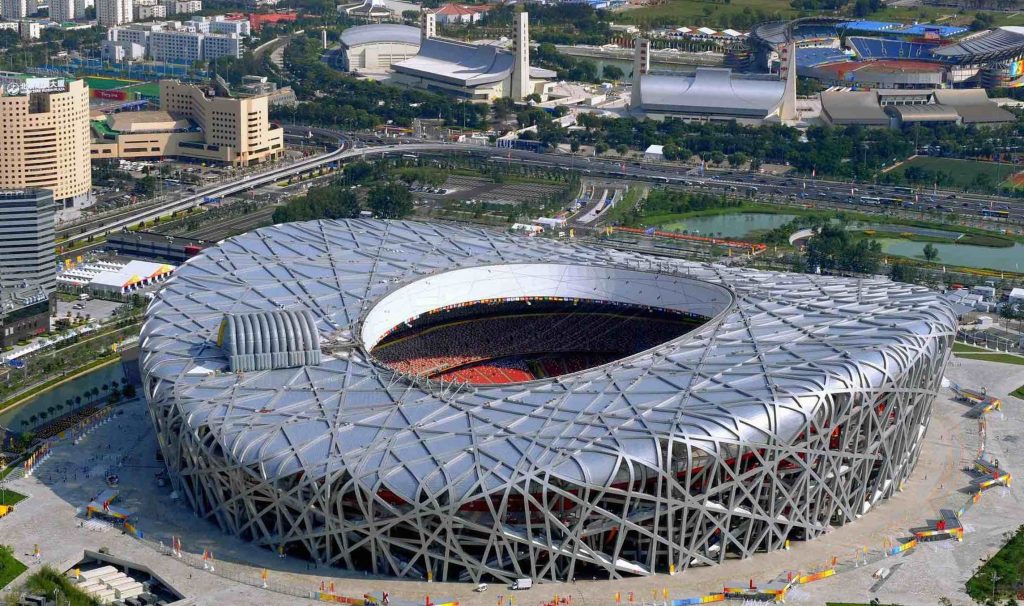Top 7 Iconic Modernist Buildings Around the World
Did you know that modernist architecture emerged in the early 20th century and has shaped skylines and cityscapes for over 100 years? From Le Corbusier’s revolutionary designs to Frank Lloyd Wright’s organic masterpieces, modernist buildings continue to captivate and inspire. Picture this: a time when the world was recovering from war, society was rapidly evolving, and architects were tasked with reimagining the spaces we inhabit. It was a time for bold ideas, innovative materials, and a complete departure from the ornate styles of the past. The result? 7 of the world’s most iconic modernist buildings that have left an indelible mark on architectural history.

7 Of The Most Famous Modernist Buildings From Around The World
Table of Contents
- What is Modernist Architecture?
- 7 Iconic Modernist Buildings
- The Future of Modern Architecture
- Conclusion
What Exactly is Modernist Architecture?
Modernist architecture, often confused with contemporary design, actually refers to a style that emerged in the early 20th century and continued to flourish until World War II. This movement was marked by a desire to break away from traditional design principles and embrace simplicity, functionality, and new materials like steel, concrete, and glass. Before we dive into our list, let’s briefly explore what defines modernist architecture:
- Sharp lines: Characterized by smooth, uniform surfaces and straight lines
- Extensive use of glass: Floor-to-ceiling windows to maximize natural light
- Innovative materials: Utilization of steel, concrete, and glass
- Open layouts: Emphasis on spacious, functional interiors
- Connection to nature: Integration of indoor and outdoor spaces
Pioneered by architects like Le Corbusier, Frank Lloyd Wright, and Mies van der Rohe, modernist architecture rejected ornate designs in favor of simplicity, functionality, and innovation.
7 Modernist Buildings You Must Visit Before You Die
1. Notre Dame du Haut – Ronchamp, France

Modernist Buildings – Chapelle Notre Dame du Haut
Perched atop a hill in Ronchamp, France and designed by Le Corbusier, this Roman Catholic chapel is a striking departure from traditional church architecture. Its curved walls and unconventional roof create a sense of movement and fluidity.
Key features:
- Curved concrete walls
- Unique roof design resembling an upturned hull
- Dramatic play of light through irregularly placed windows
2. Fallingwater House – Pennsylvania, USA

Falling Water House Pennsylvania
Frank Lloyd Wright’s masterpiece, Fallingwater, is perhaps the most famous example of modernist architecture. Nestled in the woods of Pennsylvania, this house is an extraordinary example of Wright’s ability to integrate architecture with nature. Built over a waterfall, this weekend retreat seamlessly integrates with its natural surroundings.
Key features:
- Cantilevered design over a waterfall
- Extensive use of local materials
- Harmony between built structure and natural environment
3. Guggenheim Museum – New York City, USA

Modernist Architecture – Guggenheim Museum, New York City, USA
Another Frank Lloyd Wright creation, the Guggenheim Museum revolutionized museum design. Its spiral form creates a unique visitor experience and stands in stark contrast to the grid-like structure of Manhattan.
Key features:
- Inverted ziggurat design
- Continuous, spiraling gallery space
- Iconic circular skylight at the top
4. Luce Memorial Chapel – Taichung, Taiwan

Luce Memorial Chapel, Taichung, Taiwan
Designed by I.M. Pei, this chapel on the Tunghai University campus is a modernist interpretation of traditional tent structures. The chapel’s tent-like structure is made from reinforced concrete, curving inward to create a unique and intimate space. The building’s yellow, glazed tiles and minimalist interior further emphasize the modernist principles of simplicity and material honesty.
Key features:
- Tent-like structure reaching 19.2 meters high
- Exterior covered in yellow, glazed tiles
- Impressive interior space with unique lighting effects
5. Sydney Opera House – Sydney, Australia

Sydney Opera House, Australia
Jørn Utzon’s Sydney Opera House is arguably one of the most recognizable buildings in the world. Its shell-like roof structures have become synonymous with Sydney’s skyline and Australian architecture. The iconic shell-shaped roof, made possible by early computer technology, is a testament to the innovative spirit of modernist architecture.
Key features:
- Iconic shell-shaped roof structures
- Innovative use of prefabricated concrete sections
- Integration with the harbor setting
6. Lotus Temple – New Delhi, India

Modernist Architecture – Lotus Temple, New Delhi, India
Fariborz Sahba’s Lotus Temple is a masterpiece of modernist religious architecture. Its lotus flower-like form, created by 27 free-standing marble-clad petals that form 9 sides, creates a stunning visual impact.
Key features:
- Nine-sided circular shape inspired by the Bahá’í faith
- 27 marble-clad petals forming the structure
- Minimalist interior adhering to Bahá’í principles
7. Beijing National Stadium – Beijing, China

Beijing National Stadium, China
Nicknamed the “Bird’s Nest,” this stadium designed for the 2008 Olympics is a triumph of modern engineering and aesthetic design. Its intricate steel structure creates a nest-like appearance that has become an iconic symbol of contemporary Chinese architecture. The intertwining steel beams create a sense of movement and fluidity, while the open design allows for natural ventilation and lighting.
Key features:
- Innovative steel structure creating a nest-like appearance
- Integration of traditional Chinese design elements
- Sustainable design principles
The Future of Modern Architecture
As we look to the future, the principles of modernist architecture continue to influence contemporary design. Architects are now integrating sustainable technologies, responsive materials, and digital design tools to create buildings that are not only visually striking but also environmentally responsible.
Some emerging trends include:
- Biophilic design, integrating nature into urban environments
- Smart buildings with advanced automation systems
- 3D-printed structures pushing the boundaries of form and function
Conclusion
These 7 iconic modernist buildings represent the pinnacle of 20th-century architectural innovation. From Wright’s organic integration with nature to Le Corbusier’s sculptural use of concrete, each structure tells a unique story of human creativity and engineering prowess.
As we continue to push the boundaries of what’s possible in architecture, these modernist marvels serve as constant inspiration. They remind us that great architecture is not just about creating functional spaces, but about challenging our perceptions and inspiring awe.
Ready to experience these architectural wonders firsthand?
Here at Greenway Associates, we can guide you through every step of the process of home improvement and building design, suggesting how to incorporate some elements inspired by iconic architecture and many different styles. From planning approvals, construction drawings, interior design, and overseeing the project, we are here to help. To find out more about how we can help support you and your dream project, find out more about us by visiting our website or get in touch today to discuss!


